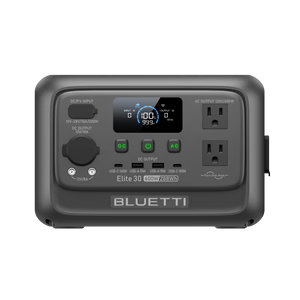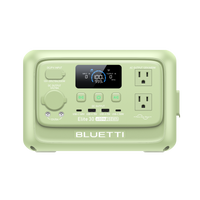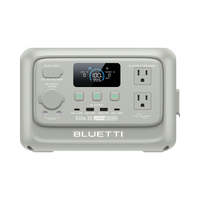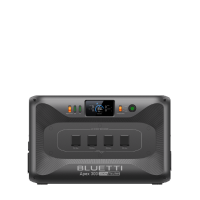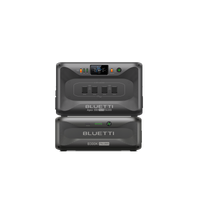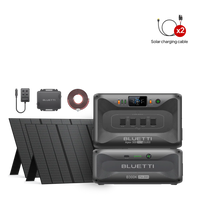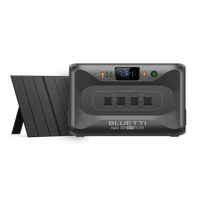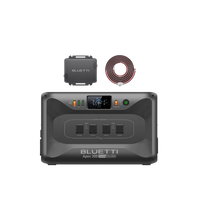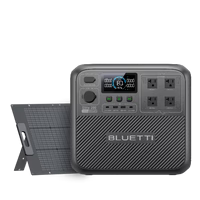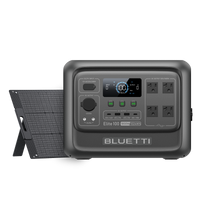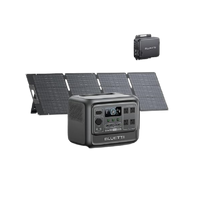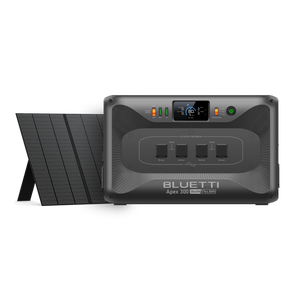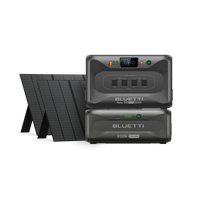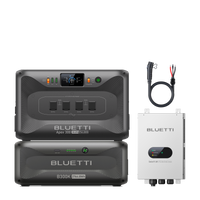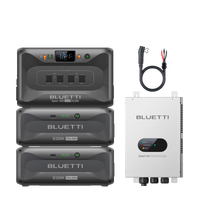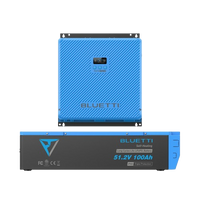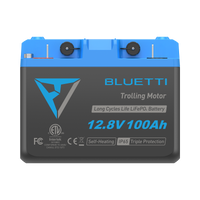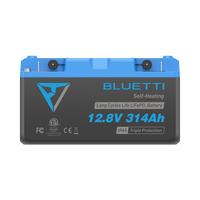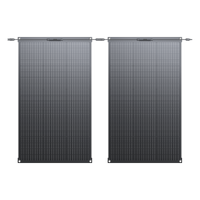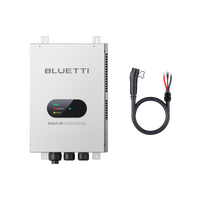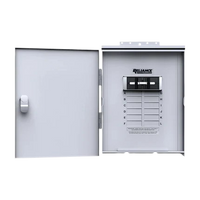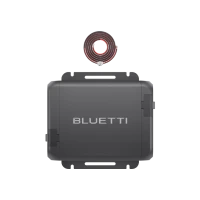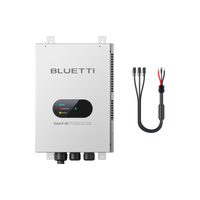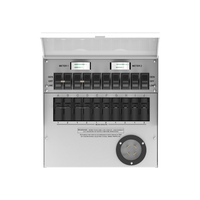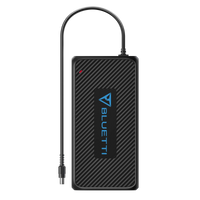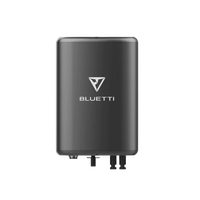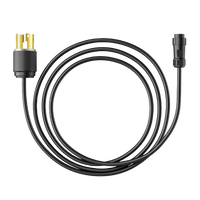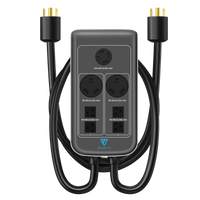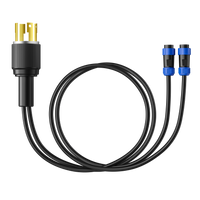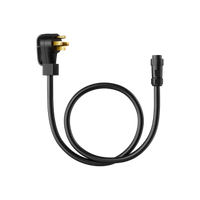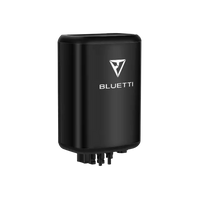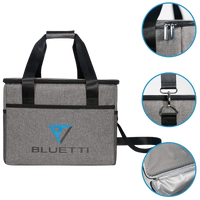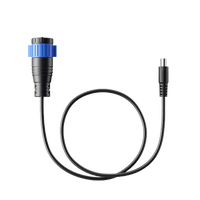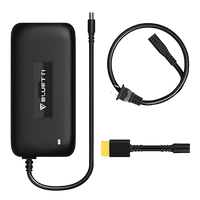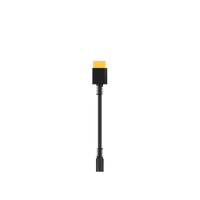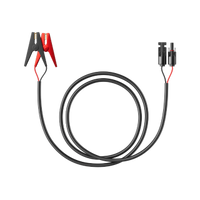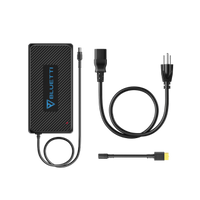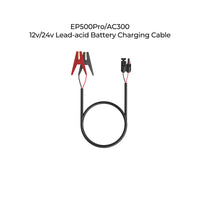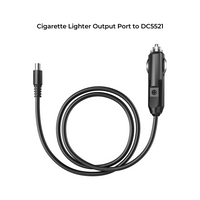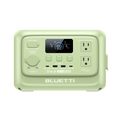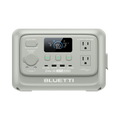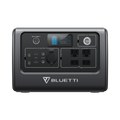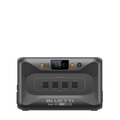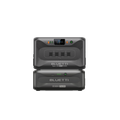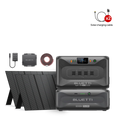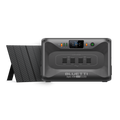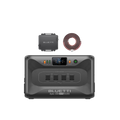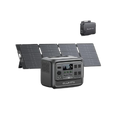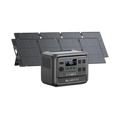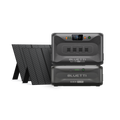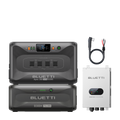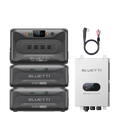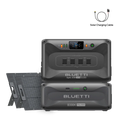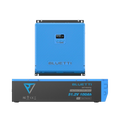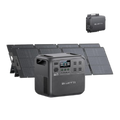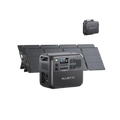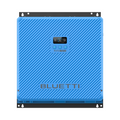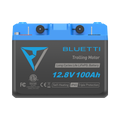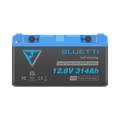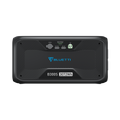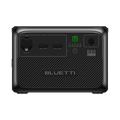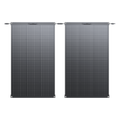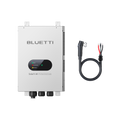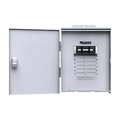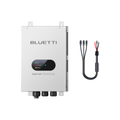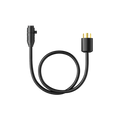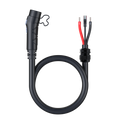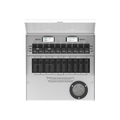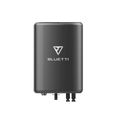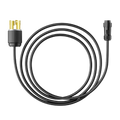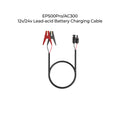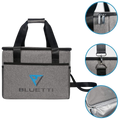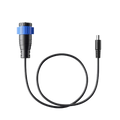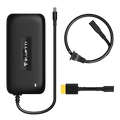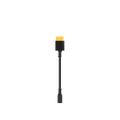Currently, power is an indispensable element. It would also be considered a necessity for most people to have. This generally means it's hard to function without it. Given that electricity is a cornerstone of our present-day life, power networks' reliability is of utmost importance. An inefficient or fragile power delivery grid system can destabilize the steady frequency of electricity, thus affecting our efficiency in daily operations.
Nevertheless, where unanticipated contingencies generate outages the solar-powered electricity structures come in to remedy the irregularities. Here, this article will address the concept of such systems paying particular attention to a 1000 Watt Solar System. Our topic will touch on the number of batteries that should be part of this system, what factors influence this number, and why they are important for a constant source of power.
Understanding Solar Batteries
Next in the line is to examine the solar batteries too! A Solar battery is an energy storage form which conserves solar energy produced by the Photovoltaic panels during the daytime and makes this energy available at night-time/ when the sun is unavailable. This energy which is stored has the ability to power all your home gadgets and appliances which consequently reduces the need for you to use or pay high power bills.
There are several kinds of solar batteries available like lead-acid, lithium-ion and saltwater options. All of them have advantages and disadvantages in regard to price, service life, and efficiency. In fact, the lithium-ion batteries come with longer durability and higher efficiency, while lead-acid batteries might seem much cheaper. Unlike other battery types, the saltwater batteries are already earning a reputation of being nature-friendly.
What is a 1000 Watt Solar System?

It's a cluster of daylight collectors, which might be from 4 to 10. These panels, together, can stock up to 1000 watts of power in the best condition. For this system size, the common application includes cabins, workshops, recreational vehicles (RV): and camper vans, in which the power demand is less.
A unit capacity of the system is measured in watts, and each watt is equivalent to a kilowatt, i.e. 1000 watts. Even though there is no 1000 W single solar panel on the market yet, the majority of the configurations today include five of 200 W panels or ten of 100 W panels in order to achieve the required output.
These systems are considered simple and flexible, including an inverter in most cases to convert DC to AC power, and sometimes a battery charger and a charge controller for energy storage. Also, efficiency is dependent on geographical location, weather conditions, and quality of the collectors purchased.
Determining the Number of Batteries for a 1000 Watt Solar System
With respect to the area of sunlight collectors, the 1000-watt level is broadly adopted. These systems utilize daylight energy as the primary electricity input, but they also need battery storage as a backup when sunlight is not sufficient, for example, at the time of overcast conditions or during the night. The amount of cells needed for a 1000-watt system varies depending on various factors.
For instance, a typical 200-ah lead-acid cell runs a 1000-watt load for about an hour. However, installing bigger cells can add several hours to the battery life. A 24 V battery can be used if it will operate with the solar panel. A 12V 100ah lithium cell is strong enough to produce 2400 watts when completely depleted, but only 50% of that wattage will be used as a result of the 50% depth of discharge limit.
For example, these are the watts equivalents for several 12V cells:
- 100ah: 1200 watts
- 200ah: 2400 watts
- 300ah: 3600 watts
- 350ah: 4200 watts
- 400ah: 4800 watts
- 500ah: 6000 watts
While each battery pack is capable of supplying 1000 watts, it is the runtime which is the dominant factor. Take the instance of a 300-AH battery, the DC (discharge capacity) of 50% has 1800 watts that can withstand 90 – 105 minutes. On the contrary, when you add two 250-ah batteries, you get a total of 6000 watts, with 3000 watts being accessible at one time. This setup can meet the 1000-watt load for approximately three hours in that operation.
Determining the Number of Solar Panels for a 1000 Watt System
We need to place five collectors for this case. This is the most standard configuration for this power output. Each solar panel of this setup is 200 watts leading to 1000 watts when combined.
Key Factors Influencing the Number of Batteries for a 1000 Watt Solar System
The actual figure of cells for this setup depends on multiple essential things:
- Battery Capacity: The Ah reading of a battery is mainly the bottleneck in counting number of batteries your solar panel will require. Higher Ah batteries are able to store more electricity which helps avert the need for additional solar panels.
- Solar Panel Dimensions: The size of a collector dictates the amount of energy it can generate and that directly impacts the number of batteries needed for energy storage. Often, the bigger the panel the more batteries are required.
- Sizing Your Solar System: Correct solar system sizing is key to harnessing the power output enough to cover the needs of consumers while at the same time making cost-effective investments. Through the identification of your house’s energy usage, you get to know the number of solar panels and batteries that are needed.
- Sunlight Availability: The number of daily sunlight hours in your region makes your solar power generator less efficient and so influences the battery count of your system. A greater number of sunny days indicates that more batteries are required.
- Energy Requirements: Awareness of your energy demands is very critical. Do you need to power your entire house or particular parts, or use solar panels for your outdoor activities? This will inform you on the battery capability you need.
- Ambient Temperature: The surrounding air temperature can play a decisive role on the efficiency of a solar panel. When temperatures go high, power generation mostly gets affected.
- Budget Constraints: The magnitude of your budget will influence the scope of your solar power house and the number of batteries you are supposed to install.
- Electrical Demand: And finally, what are the electrical needs of your appliances? The power of the device as well as the capacity of the inverter both will decide on how many batteries are necessary to support your system.
Recommended Batteries for a 1000 Watt Solar System

This is a workhorse of energy needs, delivering 5,000WRated power with the capability of instantaneous surge of 10,000W. Also, having an expandable energy storage capability from 3,072Wh to 18,432Wh enables using the product for different home sizes with different energy requirements. Besides, the LiFePO4 battery technology guarantees over 3500 life cycles, which provide durability and reliability. In addition, with smartphone control, the app adds convenience, as you can turn on or off the power wherever you are.
A dual 240V/10KW system with the split-phase configuration ensures a maximum degree of energy distribution and the six methods of recharging provide the desired flexibility for power restoration. Other than that, the 16 plugs can supply power to a wide range of devices making sure that almost any device in a household can be powered. Lastly, the 24/7 UPS backup is a vital feature for uninterrupted power, and the 4-year warranty provides guarantees to the power supply.

It's a composite energy-saving backup that provides 3,000W pure sine wave output plus a 5,120Wh LiFePO₄ battery capacity. It promises to deliver more than 3500 cycles at 80% capacity and this shows the extended service life. Also, one of the main highlights of the mobile power station is that it can be relocated without any hassle, which adds mobility to it.
It features dual UPS modes that provide continuous power supply while it has the ability to run multiple devices, making it a good selection for different applications. Furthermore, the flexible recharging options fuel the EP500Pro, and the app remote control facilitates user-friendly interaction. Finally, the smart touch screen interface boosts the overall user experience.

The combination serves as an optimal energy solution. It comes with a 3000W pure AC inverter that can withstand aggressive surges up to 6000W. The 3,072Wh base capacity is expandable to a big 12,288Wh with two added B300 units to suit more demanding power needs.
240V split-phase bonding and various charging possibilities, such as a 2400W max solar input and a fast dual charging up to 5400W, are also included in the system, making it flexible and efficient. Besides, the UPS backup that is 24/7 serves for seamless operation, and multiple recharging techniques ensure that power is always available. In general, such configuration is optimal for owners who demand enhanced scalability and reliability for their solar storage systems.
Final Thoughts
In conclusion, obtaining the number of cells needed for a 1000 watt solar system takes a lot of effort. It is essential for you to be aware of things like the amount of power you are going to be using, the size of your cell and the quantity of sunshine your specific location receives. Consequently, thorough thought and analysis are decisive factors for the person who wants to make the right choice.
